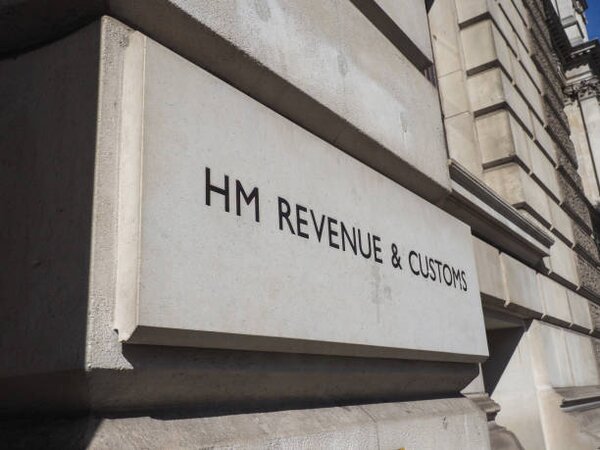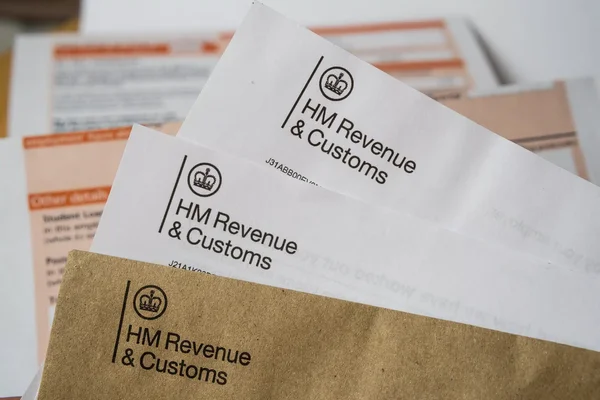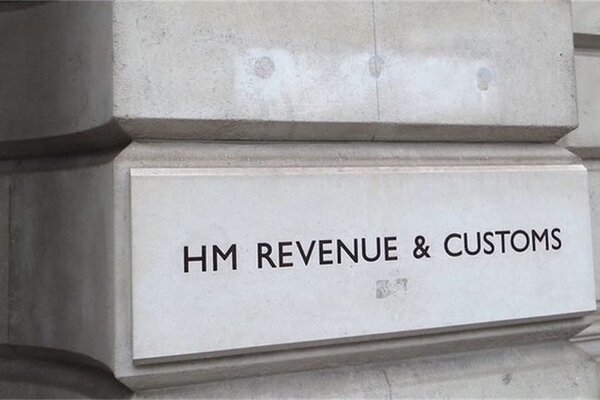Taxes When Owning Property Together

Owning property can be a fantastic investment, but it also brings various tax implications, especially when ownership is shared. Joint ownership of property can affect everything from how income is reported to the tax reliefs available. Knowing the ins and outs of these tax implications is crucial to avoid any unexpected bills and to make the most of available benefits.
One key aspect is how rental income is split. Generally, the income must be divided according to ownership share, which means understanding how this income is taxed is essential. Additionally, deciding on joint tenancy or tenancy in common will impact your tax obligations differently. This article will break down these aspects to help you navigate the complexities of joint property ownership taxation.
By the end of this guide, you'll better understand how to manage property taxes whether you’re just starting or already own property with someone else. Also, don't forget to check out the Pie Tax App and the Expert tax assistants available on the PIE Tax for more personalised advice.
Rental Income Division
How the rental income from a jointly-owned property is divided can significantly impact your tax situation. Typically, rental income is split according to ownership percentages. For example, if you own 50% of the property, you will declare 50% of the rental income on your tax return. This ensures each owner pays their fair share of taxes.
However, it's also possible to legally adjust this split through a declaration of trust. This can be useful if you wish to allocate income differently, perhaps to maximise individual tax allowances. Understanding these nuances can save you money and headaches in the long run.


Mortgage Interest Relief
Another critical area is mortgage interest relief. When you take out a mortgage on a jointly-owned property, each owner's share of the mortgage interest can be claimed to offset rental income. For instance, if you both pay an equal share of a £200 monthly interest, each can claim £100.
However, recent changes have limited the relief available, so it’s essential to stay updated on current regulations. Utilising tools like the PIE Tax can help you keep track and maximise your deductions.

50% – Most common ownership split in joint property ownership. Each owner reports their share of rental income accordingly. £200 – Example monthly mortgage interest for a jointly-owned property, where each owner can claim their fair share for deductions.Key Numbers in Joint Ownership

£6,000 – Average rental income per year for UK landlords, which must be divided among joint owners based on their ownership percentage. 20% – Basic rate of tax for rental income in the UK, illustrating the potential tax obligation for each property owner.Additional Key Numbers

Tax Implications of Joint Tenancy
Two primary types of joint property ownership can affect taxes: joint tenancy and tenancy in common. With joint tenancy, the property is owned equally by all parties, and if one owner dies, the property passes to the other joint tenants automatically. This setup simplifies tax reporting as income and expenses are generally split equally.
On the other hand, tenancy in common allows for more flexibility, with each owner holding a specific share of the property, which can be unequal. This distinction affects how rental income, expenses, and tax reliefs are divided. Understanding these differences is crucial to optimising your tax position.
Handling Expenses and Deductions
Joint property owners share not only income but expenses too. Maintenance costs, repairs, and management fees must be split according to ownership shares. Proper documentation is vital to support these claims during tax filing.
Taking advantage of allowable deductions is essential in reducing tax liability. Costs such as insurance, utility bills, and letting agents’ fees should be accurately recorded and divided. The PIE Tax can assist in managing these expenses efficiently, ensuring you claim everything you’re entitled to.

Tips for Joint Property Owners

The Importance of Accurate Record-Keeping Accurate record-keeping is essential. Document all correspondence, financial transactions, and agreements to support your tax filings.

Ensuring Unity Among Owners Make sure all owners are on the same page. Regular discussions and meetings will help ensure that everyone understands and agrees on financial decisions.

Gain Peace of Mind with Expert Tax Assistance Consulting with Expert tax assistants available on the Pie app can provide peace of mind and ensure that you’re properly handling your tax situation.

Fun Fact about Property Tax
Did you know? The UK’s Stamp Duty Land Tax (SDLT) was introduced in 2003, replacing the old Stamp Duty system on property transactions.
What to Do Next

If you are a joint property owner or planning to be, staying informed about your tax obligations is vital. First, ensure that you understand the type of joint ownership you have and how it impacts tax. Then, keep detailed records of all financial activities related to the property.
Utilise the PIE Tax to simplify your tax management. It helps track income, expenses, and offers guidance on the latest tax reliefs and regulations. The Expert tax assistants available on the Pie app can provide detailed and personalised advice to help you make informed decisions.

Tenancy in common allows for flexible ownership, where each person holds a defined share, which may be unequal. This flexibility can be beneficial for estate planning or when owners want specific distributions of rental income. Documenting and formalising this type of ownership is critical for clarity and legal validation. Accurate records support tax filings and ensure everyone knows their rights and responsibilities.Tenancy in Common

Joint tenancy is simpler but can still carry complexities. All owners have an equal share, and any income or expenses are divided equally. This straightforward approach reduces the need for intricate record-keeping. However, the automatic transfer on death should be considered in estate planning. Deciding which structure suits your circumstances requires careful consideration and possibly professional advice.Joint Tenancy
Summary
Joint property ownership brings both opportunities and responsibilities. Understanding the tax implications is crucial to managing your investment effectively. Dividing income and expenses requires careful attention to detail to ensure that each owner pays their share of tax and claims their share of reliefs.
Using tools like the Pie Tax App simplifies this process, offering features that can help you track and manage your tax obligations efficiently. The Expert tax assistants available on the PIE Tax provide personalised guidance, making it easier to navigate complex tax situations.
By familiarising yourself with the tax rules and leveraging professional assistance, you can ensure a smooth and profitable experience with joint property ownership. Remember, planning and communication among joint owners are key to avoiding pitfalls and maximising benefits.
Frequently Asked Questions
How is rental income divided between joint property owners?
Rental income is typically divided according to each owner's share in the property. This ensures that each owner reports and pays tax on their portion.
What is the difference between joint tenancy and tenancy in common?
Joint tenancy involves equal ownership with automatic transfer upon death, while tenancy in common allows for unequal shares and distinct ownership portions.
Can joint owners change their share of rental income?
Yes, through a declaration of trust, owners can adjust the distribution of rental income to optimise tax advantages.
How does mortgage interest relief work for joint owners?
Each owner can claim their share of the mortgage interest paid. This is typically divided based on ownership percentages.
What expenses can be deducted by joint property owners?
Expenses such as maintenance, insurance, and management fees can be deducted proportionately based on ownership share.











